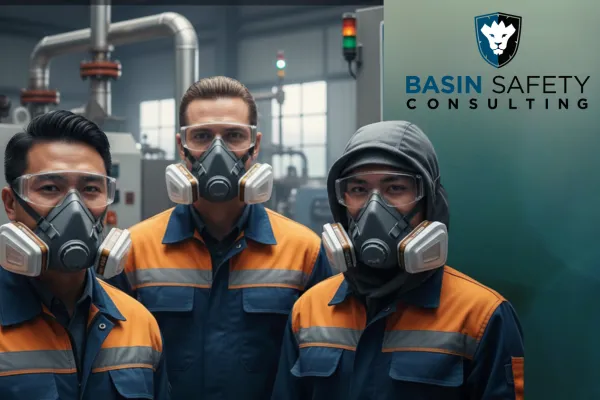
2025 Respiratory Protection Standards: What Operators Need to Know
Respiratory hazards remain one of the leading risks across industries such as oil and gas, construction, and manufacturing. With the 2025 updates to OSHA’s respiratory protection standards, operators and safety managers must ensure their workforce is protected with proper equipment, training, and documentation.
Failing to comply not only risks employee health but can also result in citations during OSHA audits. Here’s what operators need to know about the new standards—and how to prepare.
Why Respiratory Protection Matters
Workers exposed to dust, fumes, vapors, or oxygen-deficient environments face serious health risks, including:
Chronic lung disease
Silicosis or asbestosis
Chemical-related illnesses
Short-term injuries from inhalation exposure
Updated standards emphasize proactive protection, meaning employers must do more than just provide equipment—they must verify fit, training, and program effectiveness.
Key Updates in the 2025 Respiratory Protection Standards
1. Enhanced Fit Testing Requirements
Annual fit testing remains mandatory, but new protocols allow faster, more accurate testing methods.
Employers must document fit test results digitally for easier audit verification.
2. Expanded Training Guidelines
Operators must ensure workers receive interactive, scenario-based training rather than only classroom sessions.
Training must be refreshed if new hazards, respirators, or job tasks are introduced.
3. Digital Recordkeeping
OSHA encourages the use of electronic tracking systems for fit tests, medical evaluations, and equipment maintenance.
This improves transparency and audit readiness.
4. Respirator Maintenance & Inspection
Employers must create documented schedules for cleaning, replacing, and inspecting respirators.
Smart sensors and connected PPE technology are recommended to monitor equipment usage.
Best Practices for Operators in 2025
Choose the Right Respirator: Match equipment to the specific hazard (e.g., N95, half-mask, full-face).
Implement AR/VR Training: Interactive training tools improve retention and demonstrate compliance.
Adopt Digital Solutions: Use mobile apps for safety checklists and real-time reporting.
Schedule Regular Audits: Internal audits help catch gaps before OSHA inspections.
Conclusion
The 2025 respiratory protection standards put greater responsibility on operators to ensure not only that respirators are available but that workers are trained, fit-tested, and protected in real-world conditions. By leveraging digital recordkeeping, updated training methods, and proactive maintenance, companies can safeguard workers and stay compliant.
Is your workforce ready for OSHA’s 2025 respiratory protection updates? 🛡️
Contact us today to schedule a compliance consultation or enroll your team in respiratory safety training.
